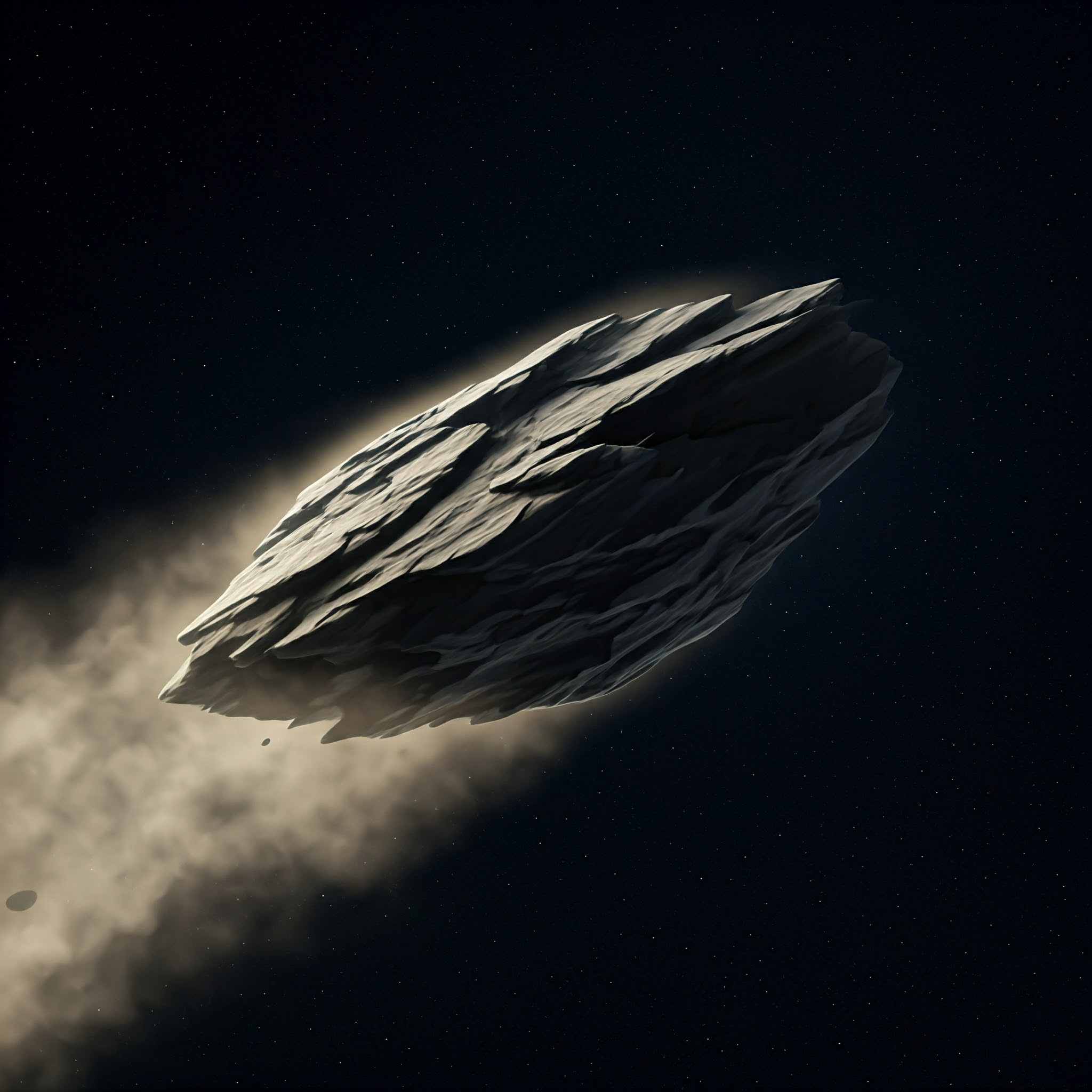Imagine a universe devoid of stars, planets, and galaxies—a vast expanse containing only a single object set into motion. What happens to this solitary traveler after an infinite amount of time? Would it journey endlessly, or might it eventually reach the edge of the universe? This thought experiment delves into fundamental concepts of physics and cosmology, pushing the boundaries of our understanding about space, time, and motion.
The Lonely Traveler: Motion in an Empty Universe
In an otherwise empty universe containing just one object, traditional notions of motion become challenging to define. Motion is inherently a relative concept; it requires a frame of reference against which to measure change in position. Without other objects or landmarks, the idea of the object “moving” is meaningless from an internal perspective.
However, introducing an external observer—someone outside this empty universe—allows us to consider the object’s motion relative to an external frame of reference. From this viewpoint, we can apply Newton’s laws of motion to our solitary object.
Newton’s First Law and Infinite Motion
According to Newton’s first law of motion, an object in motion will remain in motion at a constant velocity unless acted upon by an external force. In our empty universe, there are no other masses or forces to influence the object’s trajectory. This means:
- Constant Velocity: The object maintains its initial speed and direction indefinitely.
- Straight-Line Path: Without forces like gravity or friction, the object doesn’t curve or slow down.
- Infinite Journey: Given infinite time, the object would traverse an infinite distance along its initial path.
From the external observer’s standpoint, the object moves endlessly in a straight line, forever extending its separation from its starting point.
Does the Universe Have an Edge?
The concept of an “edge” to the universe is a topic of much debate and speculation in cosmology. In our current understanding:
- Infinite Universe: If the universe is infinite, it has no edge. The object would continue its infinite journey without ever encountering a boundary.
- Finite but Unbounded Universe: If the universe is finite yet unbounded—much like the two-dimensional surface of a sphere extended into three dimensions—then traveling in a straight line could eventually bring the object back to its starting point without crossing an edge.
However, for the sake of this thought experiment, let’s hypothesize a universe that does have a definitive edge—a boundary beyond which space itself does not exist.
Reaching the Edge: Possibility and Implications
In a universe with an edge, several factors determine whether the object would ever reach this boundary:
- Direction of Motion: The object must be moving toward the edge. If it’s moving parallel to the edge or away from it, it may never encounter the boundary.
- Distance to the Edge: Depending on the universe’s size, the edge could be infinitely far away or relatively close.
- Nature of Space-Time: The geometry of the universe could curve space in such a way that straight-line motion doesn’t lead directly to the edge.
Assuming the object is moving directly toward the edge and given infinite time:
- Yes, It Would Reach the Edge: The object would eventually arrive at the universe’s boundary, confronting whatever lies beyond—or perhaps nothing at all.
Confronting the Edge: What Happens Next?
Reaching the edge of the universe raises profound questions:
- Does Motion Continue? If space ends at the edge, there may be nowhere for the object to go. It could be halted abruptly, or the laws of physics as we know them might no longer apply.
- What Lies Beyond? Is there a “beyond,” or is the edge a hard boundary? This touches on metaphysical considerations as much as physical ones.
- Effects on the Object: The encounter could have unknown consequences on the object’s properties or existence.
Conclusion
This exploration highlights how a simple question can lead to deep philosophical and scientific discussions. The fate of an object in an empty universe touches on fundamental principles of motion, the nature of space-time, and the very structure of the cosmos.
While current cosmological models suggest that our universe doesn’t have an edge in the conventional sense, pondering such scenarios pushes us to think critically about the laws that govern reality. It reminds us that much about the universe remains mysterious and invites us to keep questioning and exploring the vast expanse we call home.
